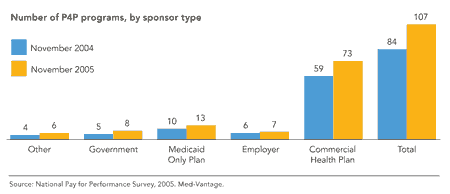I just finished two weeks as attending on our inpatient service, which was notable to me for a couple of recurring themes.
1. I'm getting old. My residents started theophylline on a patient with asthma and not one had ever used it before.
2. If I could get paid a fraction of the hospital costs I could save by providing patients with prescription medicine upon dischargeI 'd be a happy man. We admitted two patient who were recently discharged, only to fail outpatient life because they couldn't afford the medicines that had been prescribed during their previous admissions for asthma and hypertension, respectively.
3. The admission/discharge pace is frantic, with admitted patients rushed from one test to another to shorten their stay. Except of course on the weekends when the cost of staffing radiology for non-emergent cases doesn't make sense. I suppose not everything changes.
4. Scut has changed. In my residency we plated our own strep cultures (and incubated them), ran our own sed rates, spun our own hematocrits, etc. Scut these days is entering orders into a computer, text messaging by computer, checking email at the computer, etc. Lab scut is notable for what CAN'T be done. Indeed, there's not a microscope or lab on the floors at our two main hospitals. God forbid a resident would have to do a gram stain or wright's stain.
Did that sound as crotchety as it reads?
Apple antitrust: Dreaming of freedom for photos
3 weeks ago

